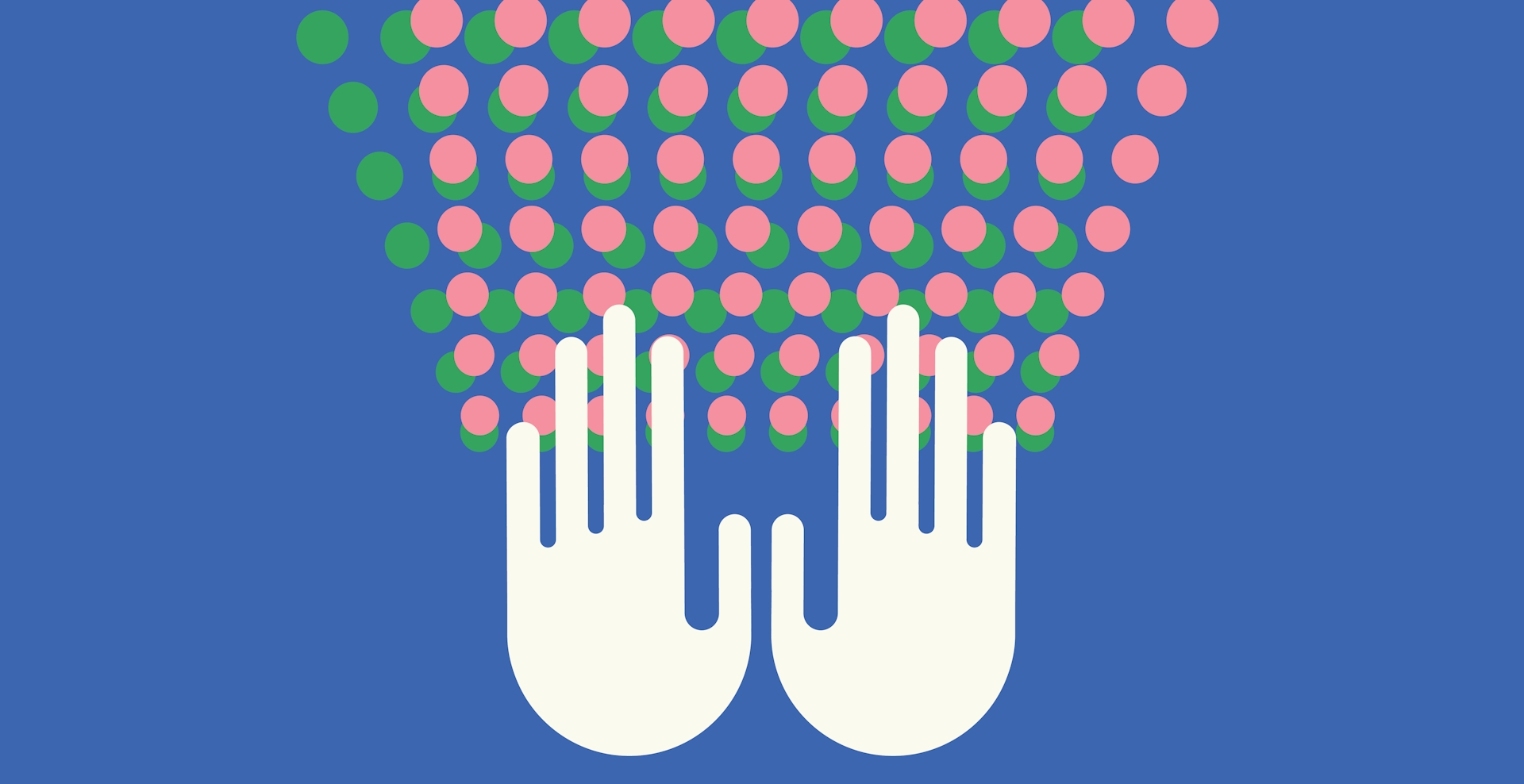How to Use Artificial Intelligence for Content Creation without Losing Your Brand’s Personal Touch
In this blog:
Artificial intelligence has the entire internet buzzing. Its applications are seemingly endless, extending past digital products to content creation. (Have you tried our new product, Literally Anything yet?) With a growing demand for content from both brands and audiences, more and more content creators are using artificial intelligence to automate the content creation process.
However, its main benefit is also its main drawback. Sure, artificial intelligence speeds up content creation (you no longer have to spend hours outlining or researching your posts), but content written by a machine is still content written by a machine. It still needs a human to lay the groundwork and edit for context.
Here, we delve into what AI-generated content is, why it’s important to add a personal touch, and how you can use AI without losing yours.
What is AI-Generated Content?
Just like the name implies, AI-generated content is content that is written using artificial intelligence. AI can be used to compose both short-form and long-form content like social media captions, product descriptions, blog posts, case studies, business reports, and more. But humans still have to build the foundation; a real person needs to set the topic and input keywords and phrases.
To see how far AI can go, we’re testing our own auto-blogging, Unhuman, on our AI-generated blog, Meal Missions.
Why is it important to humanize content created with artificial intelligence?
AI-generated content isn’t totally accurate (yet). To write your content, AI compiles bits and pieces from other people’s content across the internet. Since AI takes the internet for its face value, it never fact-checks the information (again, yet).
AI is also a machine, and that’s exactly where it falls short. It doesn’t feel or think as people do, and it can’t replace the human touch that’s needed to connect and establish relationships with our audiences. It lacks the creativity and critical thinking skills needed to connect with real humans, so when content is written using AI, the reader can often tell.
4 Ways to Add a Personal Touch to AI-Generated Content
Edit with your brand voice in mind
Only you know your brand’s personality and audience. You know exactly how you should present yourself online and to your readers. When combing through AI-generated content, make sure to weave in your voice and cut any words or phrases that don’t align with that voice. Even if the content is grammatically correct, make a point to read it out loud and check for awkward sentences or unnatural phrases. AI can string words together, but it can’t speak as humans do.
Fact check
Anyone — or anything — can share content on the internet, but that doesn’t necessarily mean the content is accurate or reliable. AI can just as easily pull information from a research paper written by a team of scientists as it can a thread from a random troll on Reddit. Take an extra careful look at what’s really being said in the article. Double and triple-check all source materials and replace any inaccurate facts with accurate ones.
Add a personal story
Artificial intelligence is artificial; it doesn’t have any lived experiences to draw inspiration from. Part of establishing a connection with your audience means sharing something they can relate to. You can add a testimonial, a personal anecdote that relates to the topic, or any other story that showcases human emotional intelligence.
Iterate on branded visual elements
This relates back to your brand voice and personality. AI won’t know how to apply your branding to photos or images — unless you give it specific instructions to do so. We tested AI’s ability to create visual mood boards by entering prompts on Midjourney, an AI image generator. We found the tool was best used for sparking inspiration, giving us ideas we could iterate on later. You can train AI in the same way and use it as a starting point for all of your images and visual elements (with your brand guidelines in mind, of course).
Looking to fine-tune your content creation process? Send us a message.
